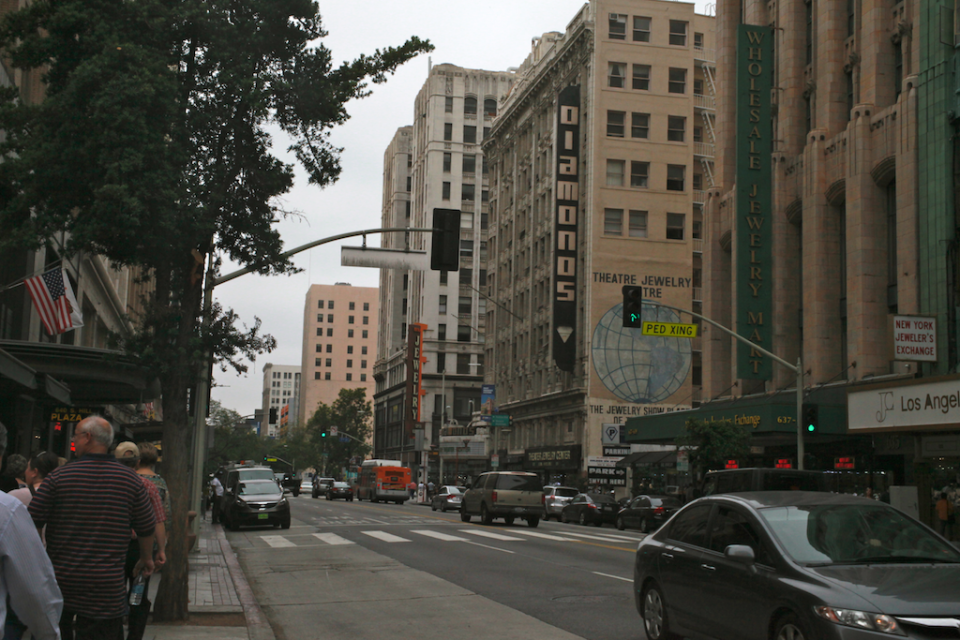

Kanhema, for example, spent around $5,000 of his own money to travel across Zimbabwe for the project.

Google doesn't pay him or the other volunteers - whom the company calls "contributors" - for the content they upload. Kanhema has since uploaded those images to Street View, and Google has also added businesses to the map in the areas of Harare that he drove.Īll this is a lot of work, but for Kanhema, it's a hobby. Kanhema with Google Street View equipment in Swakopmund, on Namibia's coast. "Imagine being able to lend a ticket to get on a helicopter tour of one of the seven natural wonders of the world and being able to bring at least a million other people with you by creating these images that people can look at and feel as though they were there," he says. And he's hoping his images will draw tourists to the region and boost his home country's economy. He sees his work as a form of documentary photography. Many of the places Kanhema photographed were tourist attractions, such as the massive Victoria Falls, which he captured from 400 feet above, strapping the Street View camera to the dashboard of a helicopter. "People are walking up and asking questions about, 'Is that a camera? What are you recording? What are you filming? It is for Google Maps? Will my house be on the map? Will my face be on the map?' " "It's so conspicuous to have a 4-foot contraption attached to the roof of your car," Kanhema says. And everywhere he went, Google's camera - a tall, alien-like device - went with him. The Two-Way A Cow With No Name: Google Blurs Bovine Face For Privacyįor Kanhema, returning home to do Street View meant translating the experience of Harare for users around the world who might never travel there. Most of his time, though, was spent driving down the streets of Harare and the highways that connect Zimbabwe's major cities. There was a speedboat ride across the Zambezi River and a safari trip through a national park. In 2018, Kanhema applied to borrow a 360-degree camera through Google's Street View camera loan program, and in the fall, he took a two-week trek through Zimbabwe with the equipment. But when it comes to the places Google hasn't prioritized, people like Kanhema can fill in the gaps.
Street nview drivers#
Most images on Street View are collected by drivers, and most of these drivers are employed by third parties that work with Google. To do that, Google often relies on volunteers who can either borrow the company's camera equipment or take photos using their own. He says the team is working to expand the service's reach. "We start in the large metropolitan areas where we know we have users, where it's easy for us to drive and we can execute quickly," says Stafford Marquardt, a product manager for Street View. "I found it quite jarring that a lot of the countries in the region were not on the map."

"When you look at Street View, you're looking at this mosaic of images that show how people live across the world, how people conduct commerce, how people get around," he says. As Kanhema looked around more, many Western cities were on the platform, but only a handful of African countries were. The busy streets and shops, the schools he attended - none of it was there, and neither was the rest of Zimbabwe, a country in southern Africa with a population of more than 14 million. A self-described tech enthusiast now some 10,000 miles away from home, he was eager to see a virtual tour of the city.īut there was nothing to see. So when Tawanda Kanhema moved to the United States in 2009, he looked up his hometown of Harare, Zimbabwe's capital city, on the map of panoramic images. One of the first things people do when they use Google Street View is check out the place where they live. Tawanda Kanhema in 2018 wearing Google Street View camera gear at Victoria Falls in Zimbabwe.


 0 kommentar(er)
0 kommentar(er)
